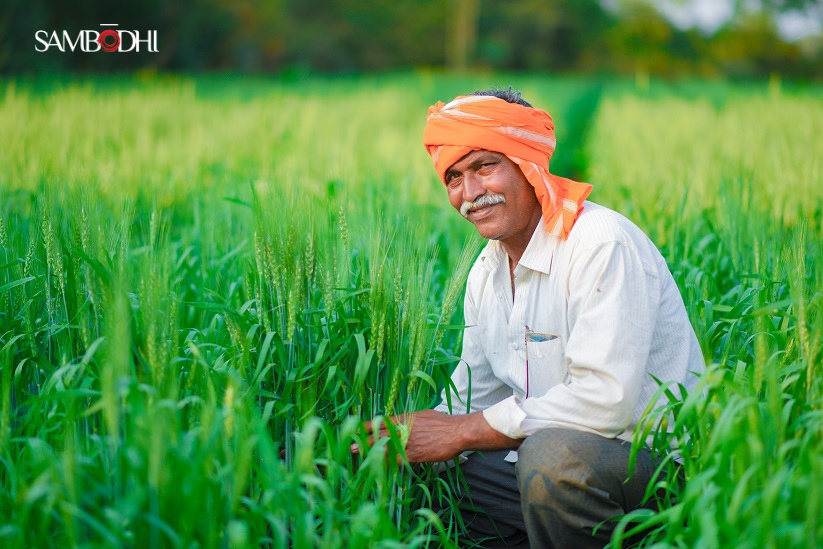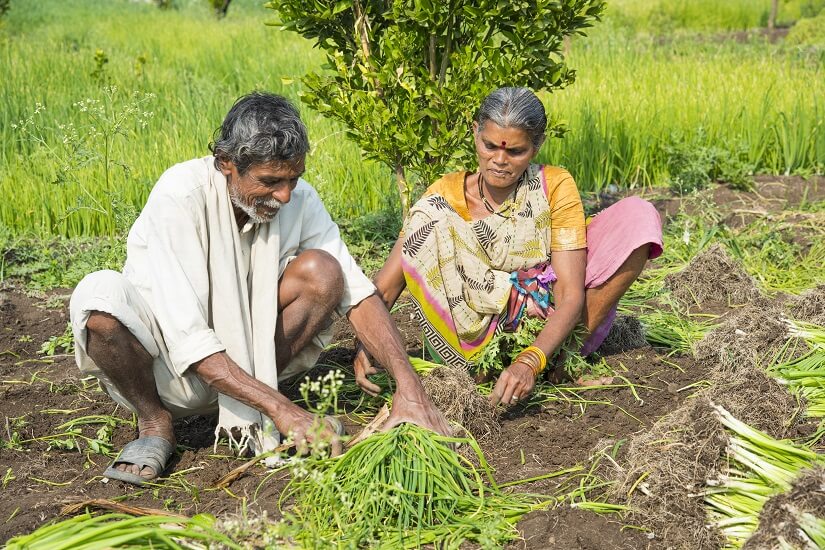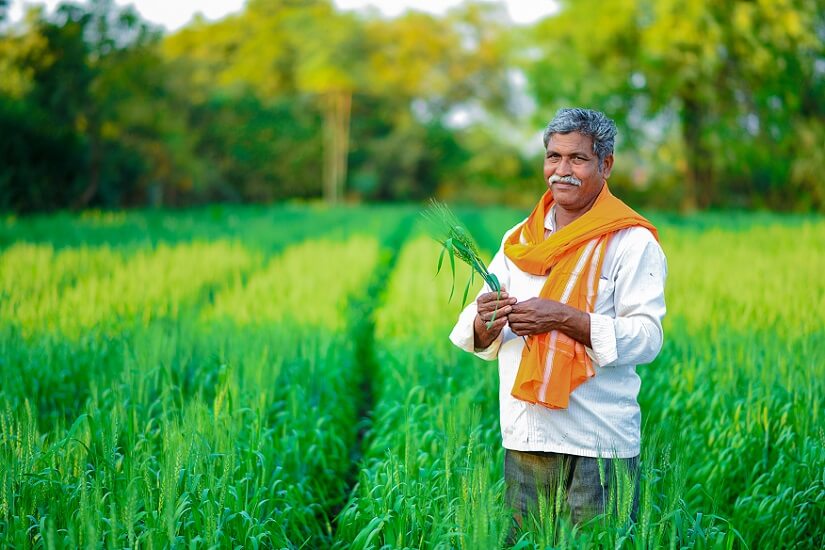Sustainable Agriculture Demands Sustainable Transition

As we inch closer to the monsoon season, most of India’s farmers are busy trying to make the most of it, especially when 50-60% of the cultivated land is rainfed in India.
The same can be said for Rukiyabai, a farmer from Madhya Pradesh whose land, like most of her neighbors’, is unirrigated, but unlike most, she has not tilled her land or applied any weedicide before the rains hit.
But why? Wouldn’t using weedicides make her job easier?
Rukiyabai belongs to a small minority of farmers who have grown tired of the endlessly increasing debt, decreasing returns, and the worsening conditions of their ancestral land. As if that was not enough, adverse health effects from chemical pesticides only add fuel to the fire, so farmers like herself are adamant about breaking away from conventional agricultural practices.
Rukiyabai is not alone, though. As a nation, India has been actively promoting organic farming with dedicated missions such as Parampargat Krishi Vikas Yojana, National Program for Organic Production, National Mission for Sustainable Agriculture, etc. Furthermore, several local, national, and international NGOs have been working in the country to facilitate a smooth transition.
If we talk statistics, India ranks 9th in organic farming, with room for substantial progress.
Why do we say that?
Because farmers in Andhra Pradesh have been cultivating crops in some of the driest regions of India in the middle of summer—months considered uncultivable under conventional farming—and that too, without irrigation!

If organic farming can create such optimal results, India can help its farmers through institutional policies that support a feasible and sustainable transition to organic farming practices.
But with our experience in the field, we have witnessed the problems felt by Rukiyabai and her peers in other parts of Madhya Pradesh and in Uttar Pradesh, Gujarat, and Andhra Pradesh, where we are engaged with small and marginal farmers (SMF) in ongoing projects to identify barriers and their possible resolution.
Barriers to Adopting Sustainable Farming: Learnings from the Field
- Lack of awareness about how to make the switch
In our experience, farmers are highly aware of the need to make agriculture sustainable. Despite their willingness to switch, farmers are restricted by the gaps in the knowledge system. They lack the awareness of how to transition, the methods, and the inputs used for plant nutrition and protection. How frequently should one use inputs? How does one even source or prepare them?
- Concerns over diminishing yields
Farming incomes have been dwindling for some time now, which justifies some farmers’ hesitation in switching to sustainable farming. They think doing so will reduce their yield. For farmers like Rukiyabai, who cultivates crops only once a year, she depends on the monsoon, which means just one shot at getting a good yield. This fear is valid enough for many farmers to ward off any interest in organic agriculture.
- Obstacles to sourcing raw materials
Even if farmers are ready to transition, a lot of material is required for sustainable farming. For example, waste from farm animals, such as cattle dung, is critical to plant nutrition and protection. But procuring such material requires a certain number of cattle, which is often impossible for SMF.
- Utilizing inputs poses a challenge
With conventional farming, ready-to-use inputs such as fertilizers and pesticides make the task a lot easier for farmers. Producing and utilizing two tonnes of cow manure required per acre of land before sowing, is time- and labor-intensive.
This can deter farmers, especially SMF, who cannot hire laborers. Furthermore, agriculture is being feminized, which poses a real risk of this extra labor being borne disproportionately by women. For example, female farmers manually weed farms with their hands, which needs to be done multiple times during the cultivation season, causing this extra labor to fall on their shoulders alone, hindering them from working towards their growth.
How do farmers like Rukiyabai successfully adopt sustainable farming practices?
At the community level, farmers like Rukiyabai have collectivized to produce the required inputs to meet everyone’s needs. Preparing these inputs every month with the help of ground-level NGO staff, who provide them with the required information, has become their means of coping with the absence of support at the institutional level. While research is being conducted to find a bio-weedicide that can be used on a large scale, exchange labor is used to fulfill the weeding needs of the season.

However, individual and collective action from interested farmers can only go so far. While representing a step in the right direction, these practices cannot ensure immediate and enhanced returns from the market.
In fact, under the current system, farmers must wait three years and invest monetary resources to get organic certification, which doesn’t guarantee returns because suitable markets for such transitory periods do not exist.
What can we bring to the table to establish sustainable farming as the norm?
As evaluators, our interactions and observations on the field have allowed us to identify the problems farmers are facing on the ground. However, we also have the unique opportunity to identify solutions to those problems for policymakers to consider and design interventions accordingly.
- Holistic Implementation
For the switch from traditional to sustainable agriculture to be longstanding, policy models that allow farmers access to a holistic approach are necessary. Teaching farmers temporary versions of sustainable practices by merely substituting chemicals with organic inputs will fail to unveil the real potential of organic farming and all its benefits.
- Centrality of Community
While change begins at home, it can be sustained only when a community works together and takes charge. Efforts at establishing sustainable farming must be situated within a framework of community farming to avoid isolating farmers.
- Knowledge as the key input
The most significant input that institutions can supply for sustainable transition is knowledge. Sizeable investments must be made toward continuous support to farmers through farmer field schools, community resource persons, and digital or physical platforms for knowledge creation and dissemination.
Abishek Nippani – Manager, Sambodhi
Neel Nitin Karnik – Deputy Manager, Sambodhi
